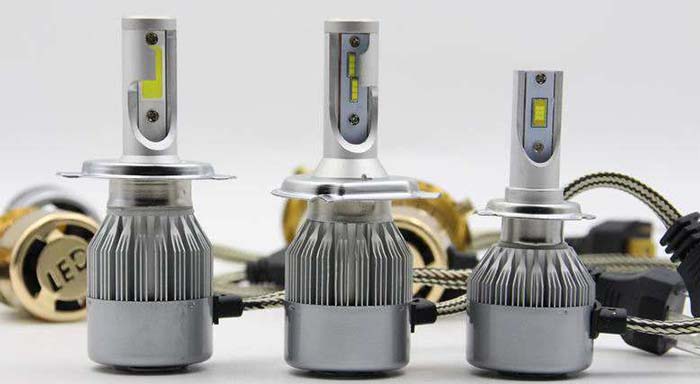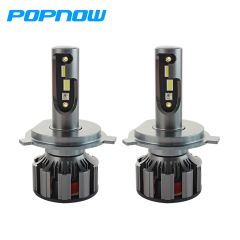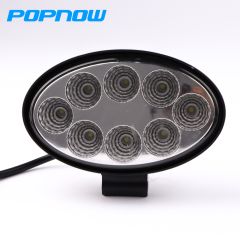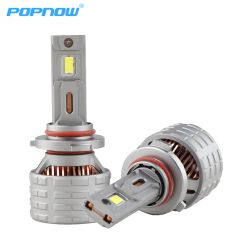LED headlamp purchase guide and factors to be considered
Headlights are an integral part of road safety because they can help you see in low light or low light, and help others see you on the road. Whether you are replacing old headlights or upgrading your vehicle's headlights, you must find out which one is best for you.
The following are the most critical factors you should consider before choosing:
Top considerations when purchasing LED headlights:
colour
Experts recommend buying LED headlights with a temperature of 5000 Kelvin or above, because they are considered the safest headlights because they can illuminate the road. This headlight has a daylight white color, which allows you to get the widest and farthest light.
Avoid using warm yellow LED headlights because they are not the brightest.
Lumen or light output
The intensity or output of light is measured in lumens. 6000 lumens is usually the lowest output of the headlights you can get. The super bright variant can fully illuminate lines over 500m.
LED headlights with an output of 8000 lumens have strong power and emit light in a straight line range of 700 meters.
LED headlights with 10000 lumen output provide similar lighting during the day, making night driving more comfortable and safe.
life expectancy
Compared with most LED headlamps with a life of 6000 hours (halogen lamps) and 30000 hours on the market, the maximum life of LED headlamps exceeds 50000 hours, which is due to the use of cooling fans and cooling chips at the same time.
Warranty bill
The warranty period varies from manufacturer to manufacturer. You may find that manufacturers usually offer a 2-year or 3-year warranty. Warranties are important because they protect your purchase and show the brand's confidence in its products.
It's best to buy LED headlights with a three-year warranty, because they can make you feel more at ease. Usually, the brand provides free technical support as part of its after-sales service. If you have any questions about the product and its use, it will be very helpful.
Cooling mode
Like most lights, LED headlights generate heat, so it is necessary to reduce this heat because it will shorten the service life of headlights. The built-in cooling system ensures that the headlights do not overheat. Therefore, you must select LED headlights with efficient cooling system.
There are two main heat dissipation technologies for LED lamps:
Heat sink - headlights with heat sink cooling technology, also known as fanless led, have passive cooling mechanism and can dissipate heat without external cooling system. Instead, they rely on natural elements (such as wind) to cool the headlights. Led with radiator has longer service life, minimal noise, more energy saving and more cost-effective. All these advantages translate into excellent lighting performance.
Fan LED headlights have a built-in fan cooling mechanism, which can be used as an active cooling mechanism. The fan is an external cooling source, and a slender fan is installed in the headlamp assembly to quickly dissipate heat. Because most of these LEDs have compact fans.
The biggest disadvantage of this cooling method is that the fan will consume additional power and produce noise. It also requires more maintenance than radiator LED headlights.






